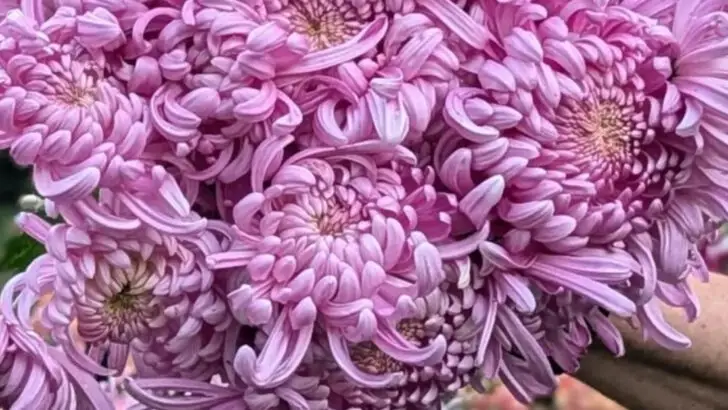Most people grow flowers for their beauty—but what if your blooms could do more than just look good? Some flowers are not only edible and flavorful, but they also serve a powerful double purpose: keeping pests away naturally. These multi-tasking plants are a dream for gardeners who want organic solutions that work—and who love to add color both to their plate and their garden beds.
Many of these edible flowers have strong natural compounds that repel insects, deter fungus, or confuse common garden pests—all while adding pops of color and subtle flavor to everything from salads to desserts. Think of them as nature’s built-in defense system, wrapped in petals and beauty. Plus, since they’re edible, they’re totally safe to have around pets and children, unlike synthetic sprays.
In this article, we’ll walk you through 18 edible flowers that act as natural pest control, and how to grow and use them in your own garden. Whether you’re battling aphids, mosquitoes, or beetles—or just want to grow smarter this season—these flowers bring beauty, flavor, and functional protection to any garden space. Bonus: some are so easy to grow, they’ll basically take care of themselves.
Nasturtium
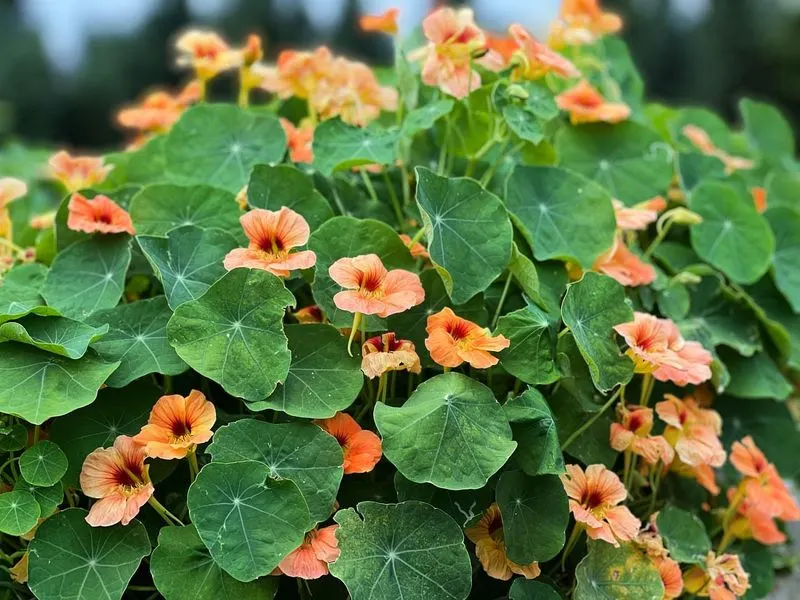
Nasturtiums are a burst of color in any garden, with their bright orange and red petals. These flowers are more than just an aesthetic delight; they exude a peppery aroma that deters aphids and whiteflies. In the kitchen, nasturtiums add a spicy kick to salads and garnishes. Their leaves and seeds are equally edible, offering versatility in culinary uses.
Did you know? Nasturtiums were originally found in the Andes. Their resilience makes them perfect for novice gardeners seeking beauty with benefits. A truly multifunctional plant, they thrive in poor soil, reducing the need for constant care.
Marigold
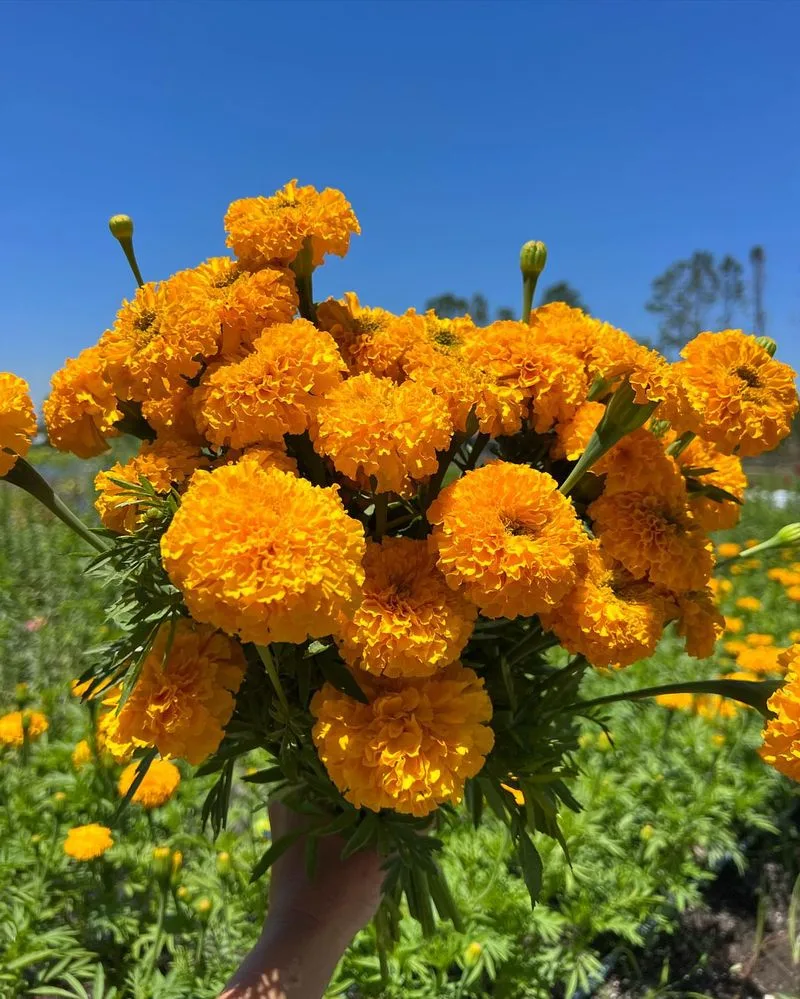
Marigolds are a gardener’s best friend, known for their striking golden blooms. Their vibrant colors draw the eye, while their scent sends nematodes packing. Often used around vegetable gardens, marigolds act as a natural border, shielding plants from underground menaces.
In the culinary world, marigold petals are a colorful addition to salads, adding a citrusy zest. Historically, marigolds were used in ancient Aztec rituals, symbolizing the sun. Today, they continue to shine brightly, offering both beauty and protection in gardens worldwide.
Lavender
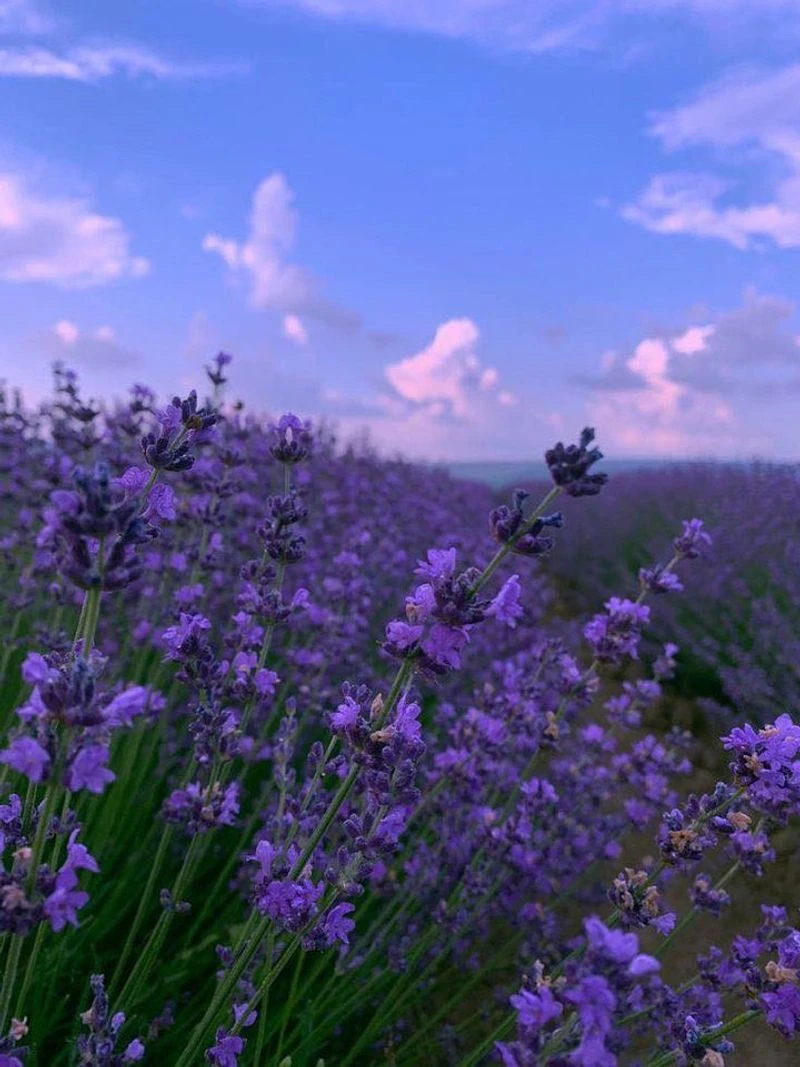
Lavender brings a touch of Provence to your garden. With its soothing fragrance, it repels moths, fleas, and mosquitoes. This aromatic plant is not only a deterrent but also a culinary delight. Lavender-infused dishes offer a hint of floral elegance, whether in desserts or teas.
Fun fact: Lavender has been cherished since Roman times for its refreshing scent and healing properties. Its versatility extends beyond pest control and cuisine, making it a beloved choice for gardeners and chefs alike.
Borage
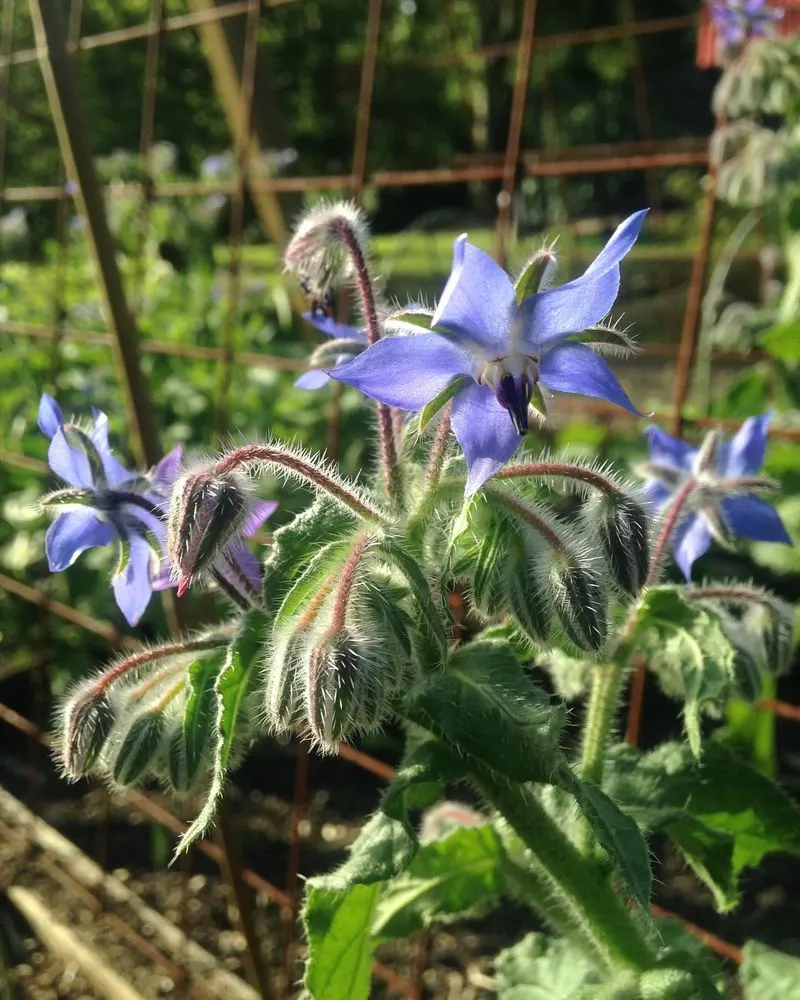
With star-shaped blue flowers, borage is a garden star in its own right. It attracts beneficial insects like bees, while repelling pesky pests like tomato hornworms. Its cucumber-flavored leaves and flowers add a refreshing note to summer drinks and salads.
Historically, borage was used as a courage booster for warriors before battle. Today, it continues to bring bravery to gardens, protecting plants while delighting the palate. Ideal for those looking to combine beauty with utility.
Chrysanthemum
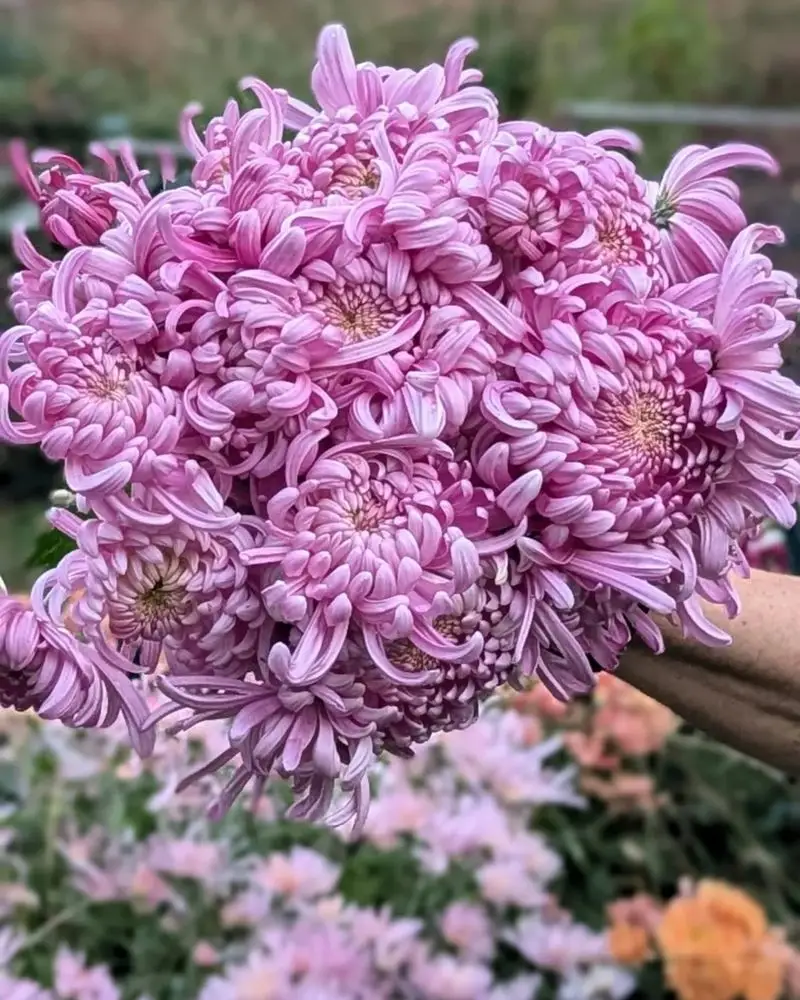
Chrysanthemums are not just a fall favorite; they’re pest fighters too. Their natural compounds ward off a range of insects, including ants and ticks. Chrysanthemum tea, a popular drink in Asia, offers health benefits, adding to the flower’s allure.
In ancient China, chrysanthemums symbolized nobility and were often featured in art and poetry. Their dual role in gardens and kitchens makes them a cherished plant for many. Embrace these blooms for a touch of elegance and effectiveness.
Fennel
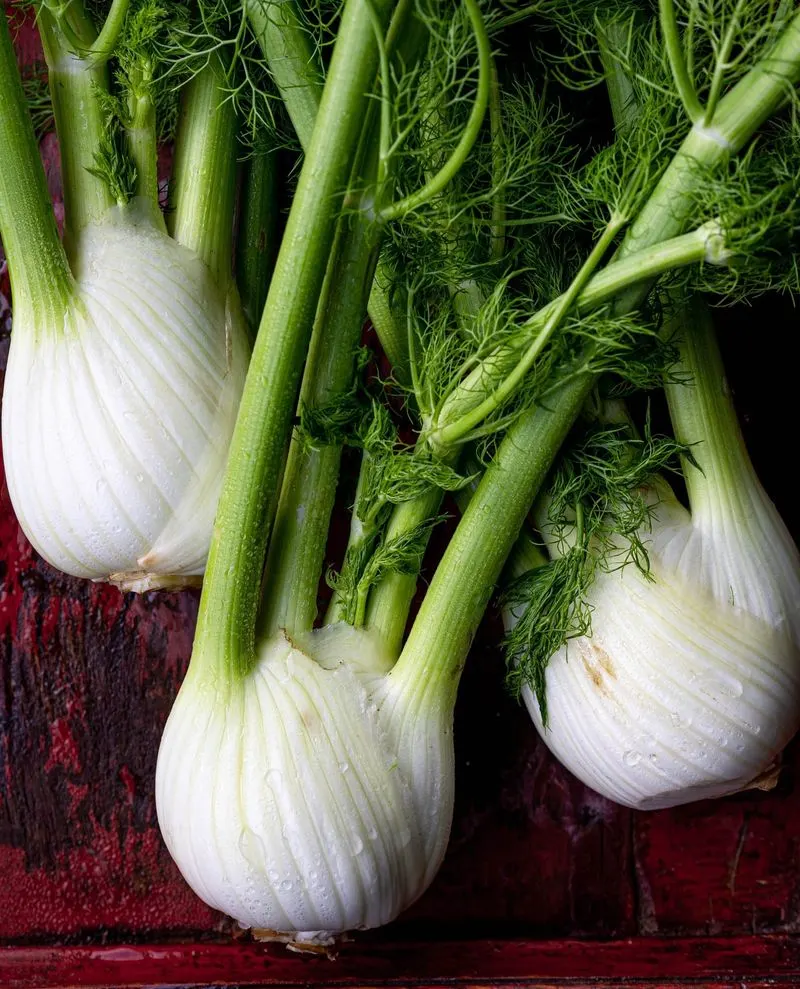
Fennel’s feathery leaves and yellow flowers make it a standout in any herb garden. Beyond its culinary uses, fennel acts as a pest repellent, keeping slugs and snails at bay. The licorice-like flavor of fennel flowers and seeds enhances soups and stews.
Fennel has been used since ancient times for its digestive benefits. Its ability to attract beneficial insects like ladybugs adds to its garden value. A versatile herb, fennel’s dual-purpose nature makes it a gardener’s ally.
Sunflower
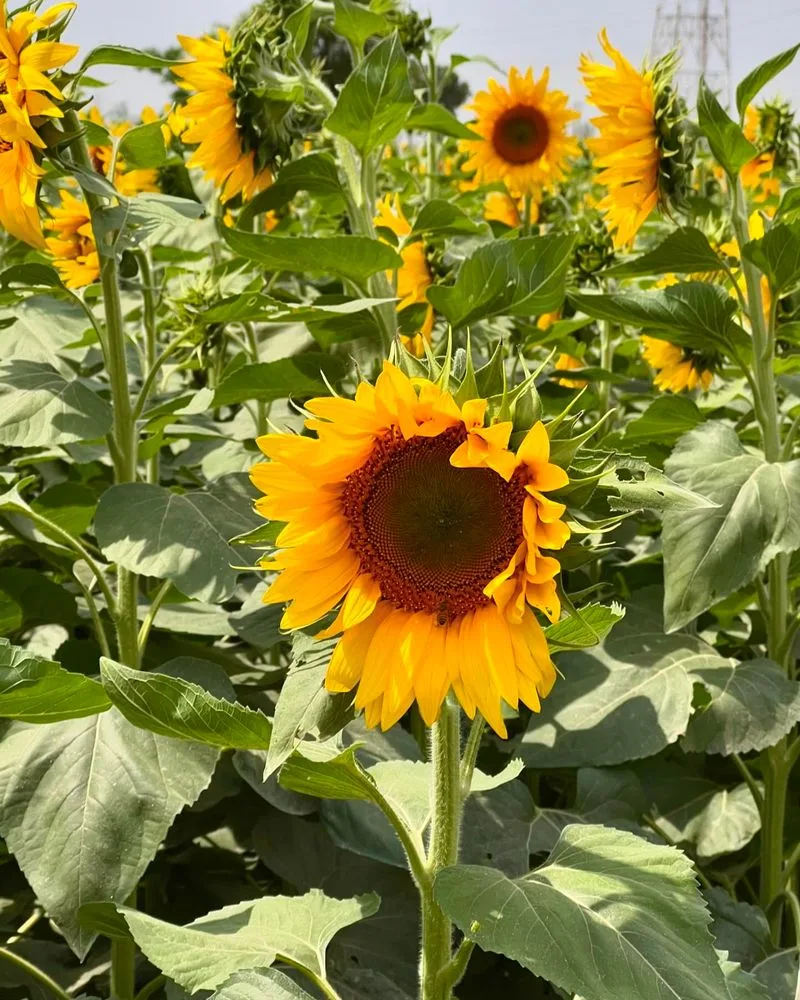
Sunflowers are giants of the garden, known for their towering stalks and sunny blooms. Their presence deters pests like aphids, thanks to their sticky sap. Sunflower seeds offer nutritional benefits, making them a favorite snack.
Did you know? Sunflowers track the sun’s movement across the sky, a phenomenon known as heliotropism. This behavior not only maximizes sun exposure but also aids in pest reduction. Their cheerful demeanor and multi-functional use make them a garden staple.
Calendula
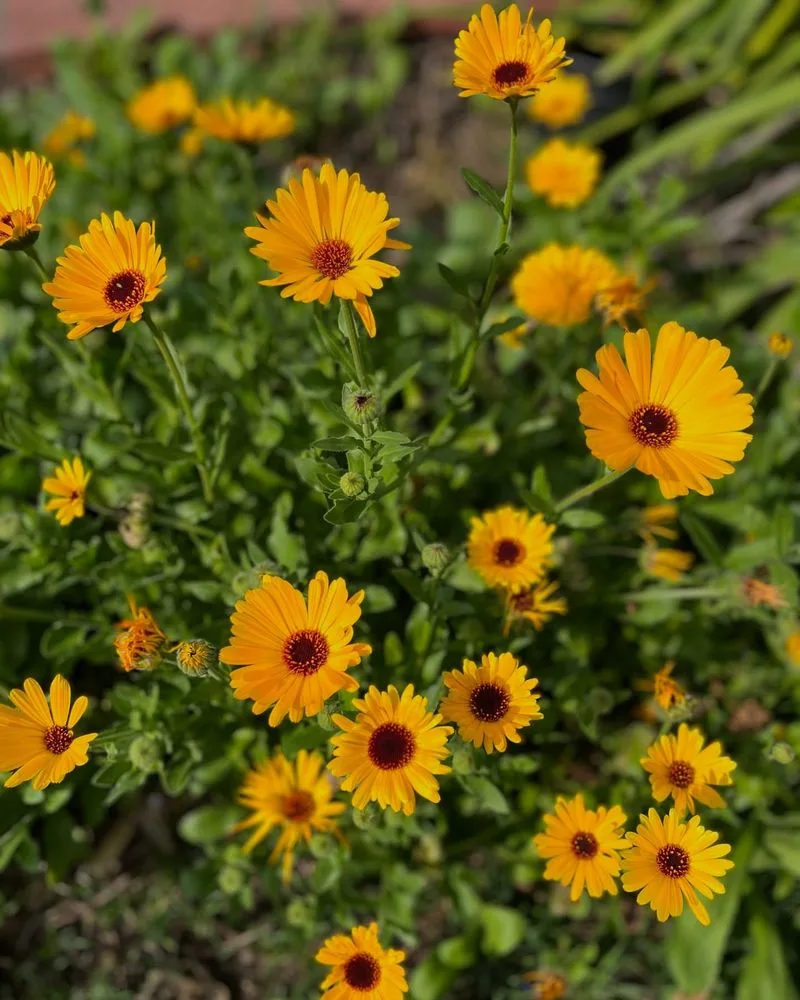
Calendula, often known as “pot marigold,” brightens gardens with its sunny flowers. It serves as a pest repellent against aphids and whiteflies, making it a favorite among vegetable gardeners. The petals, with their peppery flavor, are often used to color and flavor dishes.
Historically, calendula was used for medicinal purposes, treating skin ailments. Its adaptability and cheerful blooms make it a versatile addition to any garden, offering both culinary and protective benefits.
Rosemary
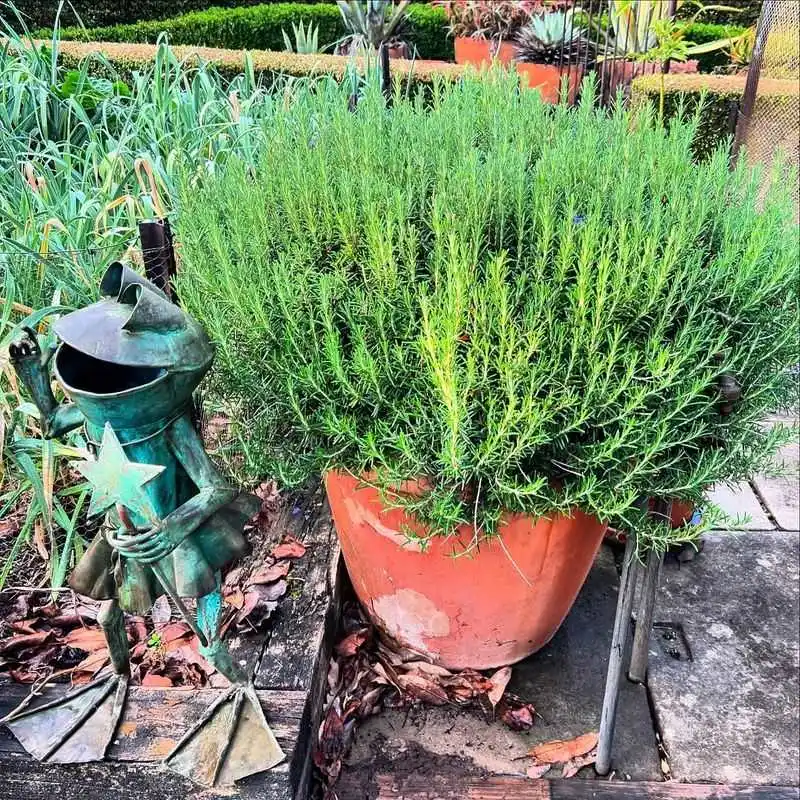
Rosemary, with its aromatic leaves and purple flowers, is more than a culinary staple. Its strong scent deters many pests, including cabbage moths and carrot flies. Rosemary-infused dishes bring a Mediterranean flair to any table.
This herb has a rich history, symbolizing remembrance and fidelity. Its dual role as a pest repellent and kitchen essential makes rosemary an invaluable garden resident. Ideal for those seeking both flavor and function.
Thyme
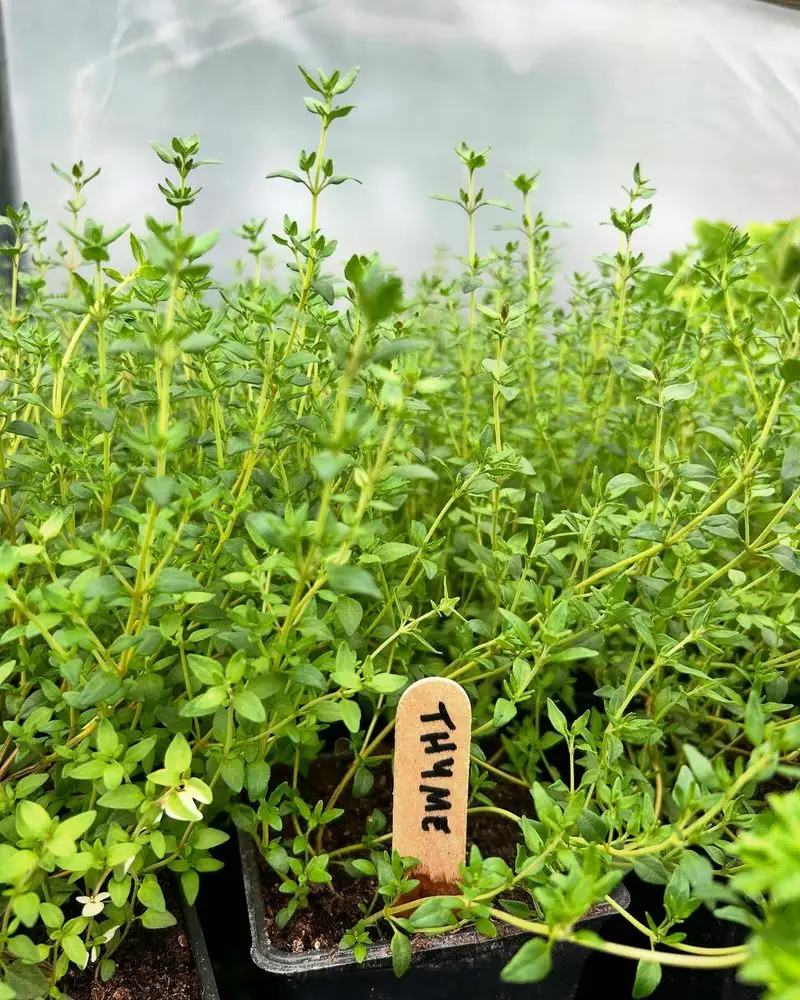
Thyme’s tiny purple flowers pack a powerful punch against pests like cabbage worms and whiteflies. Its aromatic leaves are a culinary treasure, enhancing the flavors of meats and stews. A symbol of courage in ancient Greece, thyme continues to bring robustness to gardens.
The herb’s adaptability to various climates makes it a gardener’s dream. Its dual utility in pest control and cuisine ensures thyme remains a popular choice for those seeking a fragrant, functional garden.
Basil
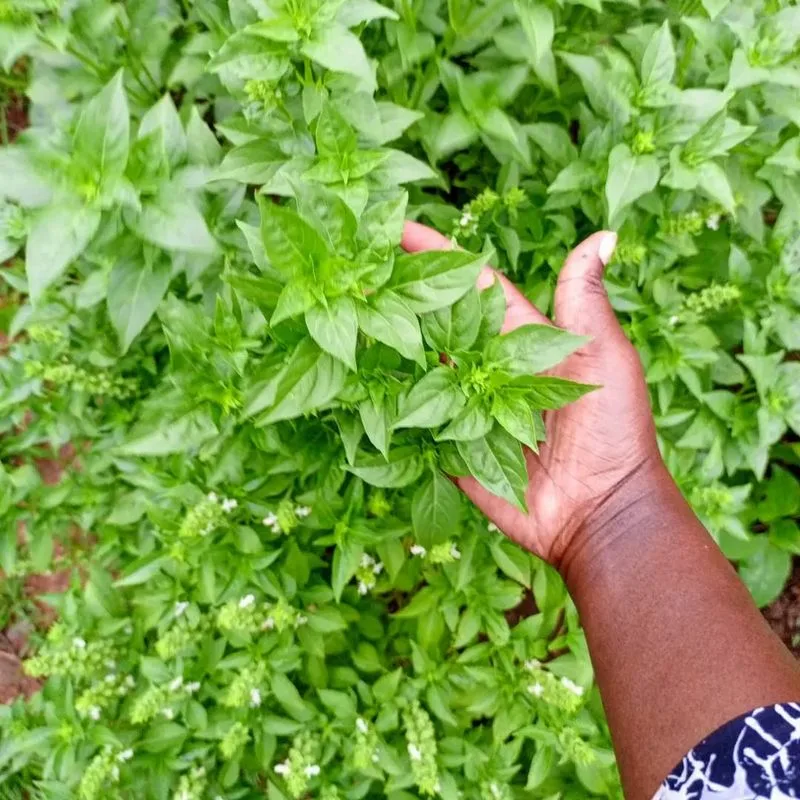
Basil, with its fragrant leaves and purple flowers, is a beloved herb in both gardens and kitchens. Its strong aroma deters flies and mosquitoes, making it a natural pest repellent. Basil leaves are a cornerstone of Italian cuisine, adding flavor to a variety of dishes.
Historically, basil was considered a symbol of love in Italy. Its versatility extends beyond the plate, offering both beauty and protection in the garden. A must-have for those who appreciate culinary delights with a purpose.
Dill
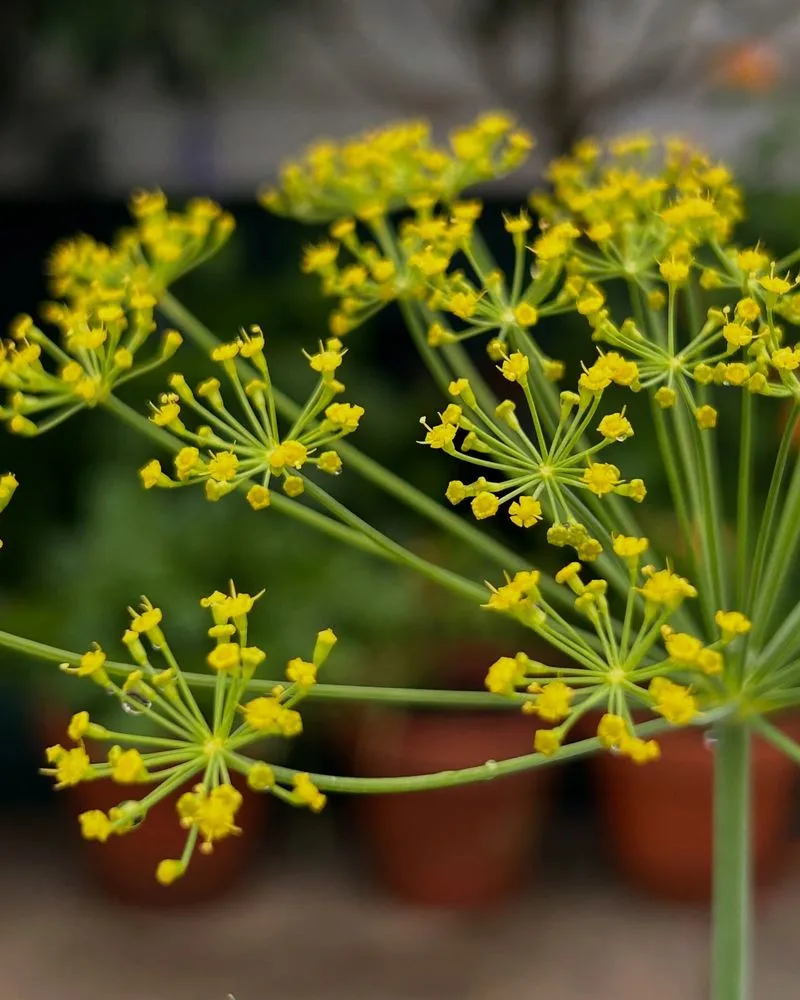
Dill’s delicate yellow flowers and feathery leaves are more than just ornamental. They repel aphids and spider mites, acting as a natural pest deterrent. Dill’s tangy flavor enhances pickles and seafood dishes.
In ancient times, dill was a symbol of wealth and was used in love potions. Its ability to attract beneficial insects like predatory wasps adds to its garden value. Dill’s dual-purpose nature makes it a prized addition for those seeking function and flair.
Chive
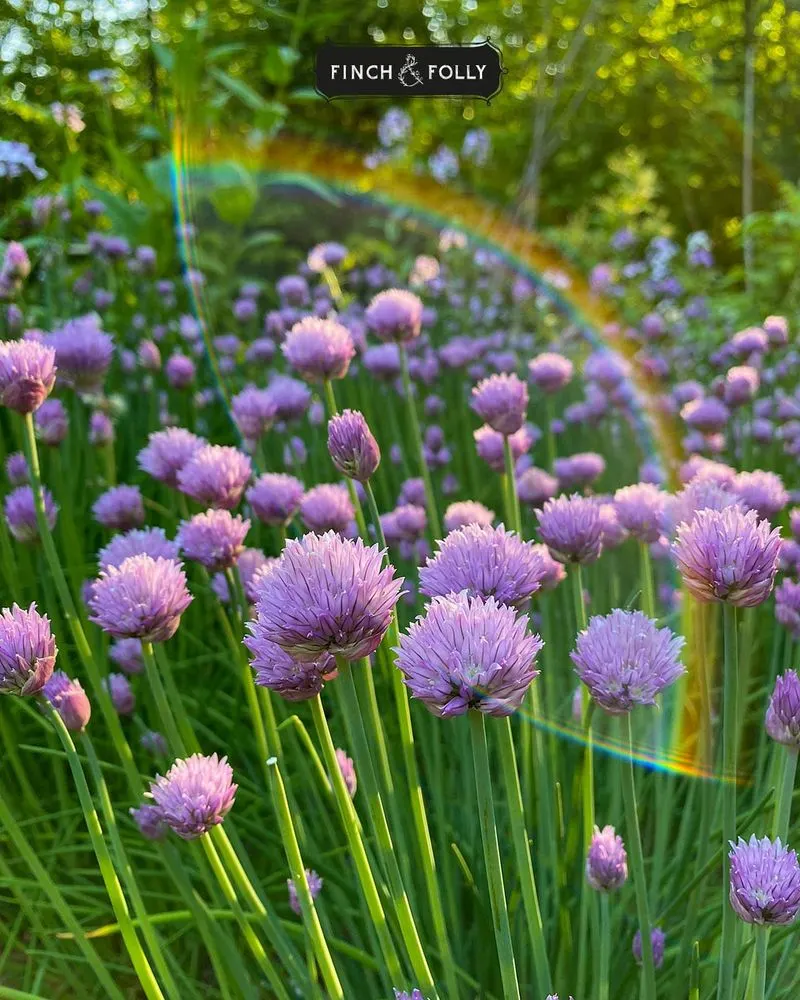
Chives, with their purple pom-pom flowers, are a cheerful addition to any garden. They deter pests like aphids and Japanese beetles, offering protection to neighboring plants. Chive blossoms add a mild onion flavor to salads and garnishes.
In folklore, chives were believed to ward off evil spirits. Today, they continue to protect gardens from unwanted visitors. Their culinary versatility and pest-repelling properties make them a valuable plant for both chefs and gardeners.
Petunia
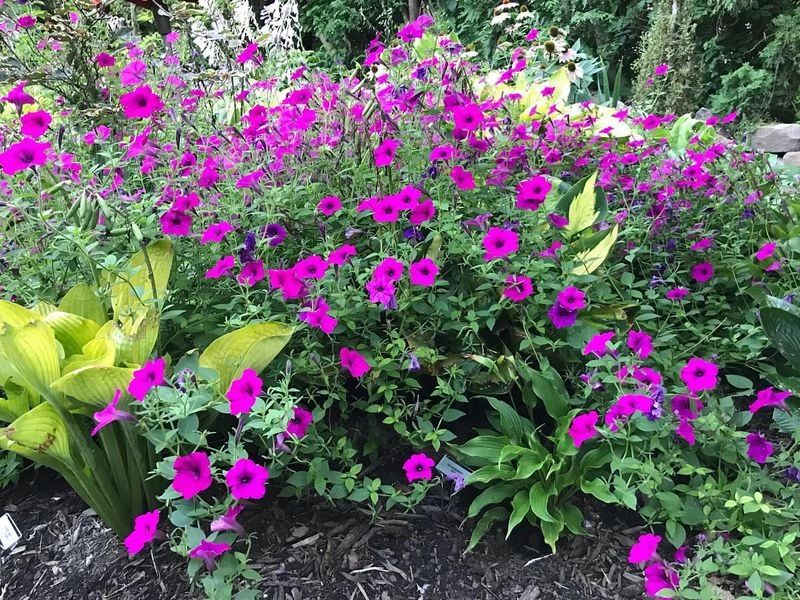
Petunias, with their wide array of colors, brighten up any space. Their subtle scent deters pests like aphids and asparagus beetles. These flowers are not only decorative but also edible, adding a mild flavor to salads.
Known for their resilience, petunias thrive in various conditions, making them ideal for urban gardens. Their ability to provide color and protection makes them a popular choice among gardeners seeking both aesthetics and utility.
Mint
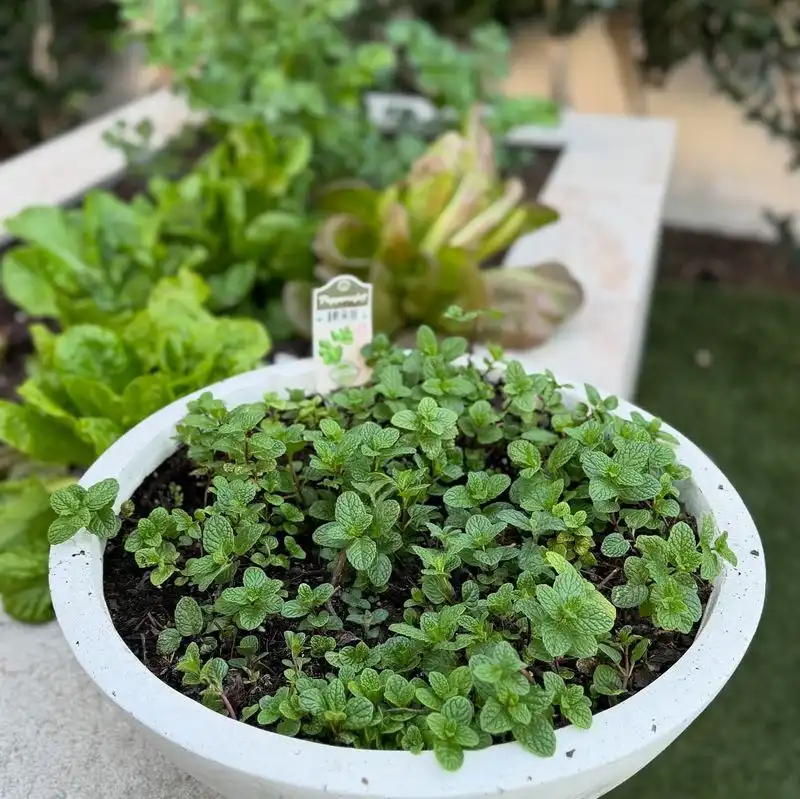
Mint’s refreshing scent is a pest deterrent, repelling ants and mosquitoes. Its purple flowers and lush leaves add both beauty and function to gardens. Mint leaves are a staple in teas and culinary dishes, offering a burst of freshness.
Historically, mint was used in ancient rituals for purification. Its versatility extends beyond the kitchen, providing both aesthetic appeal and pest control. A delightful addition for those who appreciate multi-functional plants.
Pansy
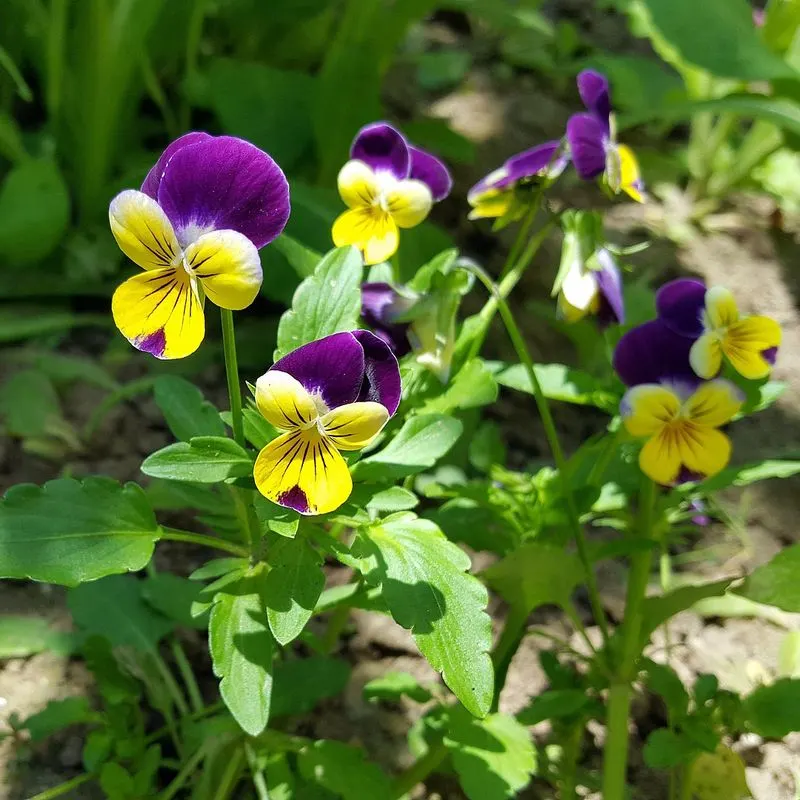
Pansies, with their cheerful faces, bring a splash of color to gardens. They deter pests like slugs with their subtle scent. Pansy petals are edible, offering a mild, fresh flavor ideal for garnishing desserts and salads.
In Victorian times, pansies symbolized thoughts and were often given as gifts. Their dual role in pest control and culinary decoration makes them a cherished choice for gardeners and cooks alike.
Chamomile
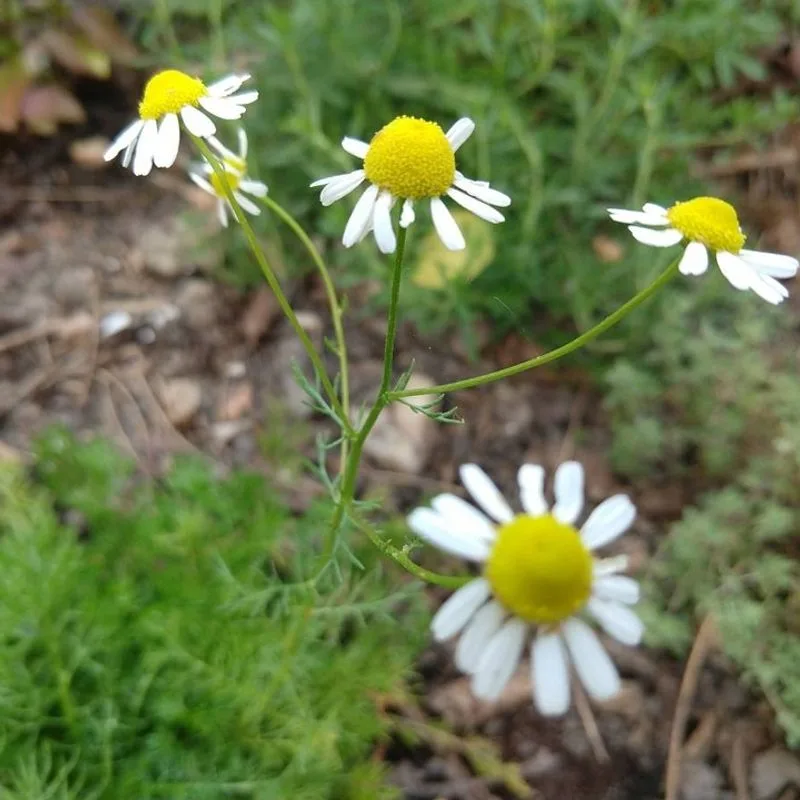
Chamomile, with its dainty white petals, is a calming presence in gardens. It repels pests like cucumber beetles, while its flowers are used in teas known for soothing properties. Chamomile’s gentle nature brings tranquility to both gardens and kitchens.
Historically, it was used in ancient Egypt as a symbol of the sun. Today, chamomile continues to shine, offering both peace and protection in gardens worldwide.

